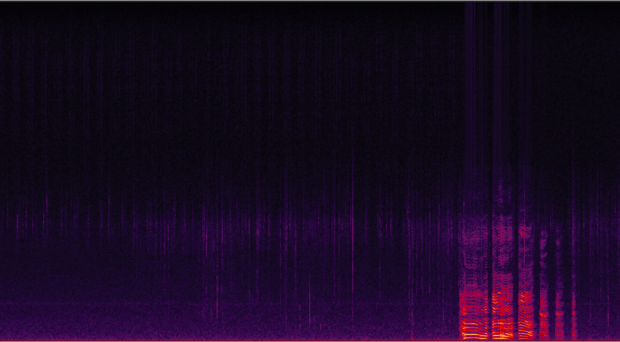
The ecological role of sounds
Sounds are used by vocal animals to perform several vital functions: bats use active-produced ultrasounds to intercept flying preys and avoid obstacles, elephants beat the soil to produce infrasound waves to inform others groups of their presence. Male songbirds perform complex songs to attract females and to defend territories from competitors. Sounds may be used collectively by vocal animals like mammals, birds, frogs or insects to produce high informative choruses at dawn and dusk.
The investigation of the role of the sounds in the ecology of several groups of animals (from insects to whales and shrimps), either living in high mountains, in tropical forests or in deep oceanic waters, represents an important advancement for the knowledge of Earth diversity and complexity.
Ecoacoustics a novel ecological discipline
Ecoacoustics is a new entry between the disciplines that investigate the ecology of the natural systems. It was recognized as an independent branch of the ecology at the first Ecoacoustics Congress in Paris in 2014 and the International Society of Ecoacoustics (ISE) was established. Since 2014, the ISE has been growing and attracting hundreds of scientists from the entire world.
This advancement has been possible thanks to new theories about the cognitive mechanisms used by vocal animals to communicate and to track resources, e.g. the Ecofield hypothesis, Soundtope hypothesis, Acoustic community hypothesis, Ecoacoustic events model.
Sounds are used by vocal animals to perform several vital functions.
Technologies and passive recording
As field naturalist my interest on the sounds of nature dates back to the 70’s when just graduated was used to count birds based on their acoustic cues. However, despite the awareness that sound information is an essential part of the ecological complexity, I had to wait until year 2000 to have available autonomous field recorders that can set date, time of recording and some environmental parameters like temperature, humidity, luminosity and atmospheric pressure. Contemporarily, digital memories of great capacity (128 Gb) and Li-Ion rechargeable batteries have improved the efficiency of this tool that can autonomously operate for a long time.
Sounds may be used to identify species and to understand the dynamic of acoustic communities in areas like tropics or oceans where the identification of species remains highly problematic. The noninvasiveness of the passive recording and the possibility to make a post-processing analysis in lab offers new opportunities for a long-term researcher also in remote regions.
The EEDI model
Despite the recent improvements in the field of recording, the ecoacoustic approach still faces difficulties especially when managing big data from long-term monitoring investigations.
To overpass this serious difficulty, recently I’ve proposed a model called Ecoacoustic Event Detection and Identification (EEDI) for the analysis of big data based on the concept of the ecoacoustic events. The ecoacoustic events are defined as emergent sonic patterns that are recognized by individual species during the completion of a specific function.
EEDI is based on the idea that the combination of acoustic indices describes unique acoustic events like geophonies, technophonies or biophonies and their combination. EEDI is powered by the SoundscapeMeter 2.0 and is very easy to use.
![SET - Soundscape Explorer [Terrestrial]) digital recorder. Foto: Almo Farina.](http://blogs.springer.com/lst/wp-content/uploads/sites/20/2016/09/IMG_6675-300x200.jpg)
EEDI allows handling hundreds of acoustic files in a very small amount of time. EEDI has been designed for an ecological analysis of data more than for species identification, although in many cases identification of some species is possible.
Ecoacoustic conservation
Ecoacoustics is a discipline that will help to monitoring our Earth ecosystems extending benefit also to the application to biodiversity assessment, nature conservation and management of protected areas. It represents a necessary tool to create a public awareness of the risk of several biophonies being masked by the intrusion of human technophonies. There is a growing empirical evidence of the negative effects of technophonic sounds on the ecology of vocal animals.
Despite the short story of ecoacoustics, this discipline offers many possibilities to scientists, practitioners, decision makers and politicians to improve the knowledge of our complex world. It seems to be especially important in tropical areas and in deep oceans where research is difficult and the risk of species extinction is very high and requires an urgent action.
Sound performances in many animals are vital traits to accomplish many strategic functions. If such biophonies are masked by unwanted sounds many species may disappear.
Thanks to ecoacoustics we have discovered that noise is a further threat produced by human intrusion to Earth ecosystems functioning and well-being.
Almo Farina
Latest posts by Almo Farina (see all)
- Listen to the Earth breath - 26th September 2016